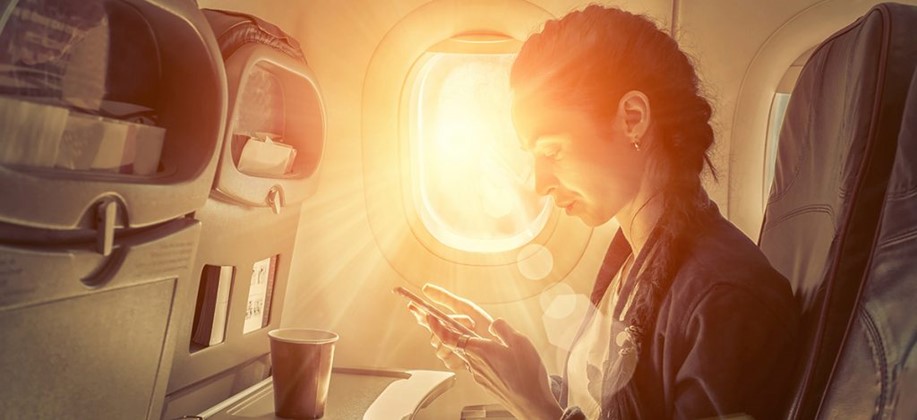Latest News
How exactly do we get inflight Wi-Fi?
By Harry Brown |
3rd March, 2018 |
Categories:

Technological advancements like 4G and the increasing prevalence of Wi-Fi hotspots mean we now take getting online for granted. Our data plans and devices make it so easy for us to check our social media, shop online, and catch up on our favourite TV shows while on the go.
And now, more and more airlines are offering their passengers in-flight Wi-Fi. But how often have you stopped to consider how we are actually able to connect to the internet while flying at 35,000 feet? If you’ve ever been curious, or are thinking about it now we’ve mentioned it, here’s an explanation of how it works.
According to the Daily Telegraph, there are two ways in which internet reaches a plane.
The first method involves ground-based mobile broadband towers sending signals to antennas on the aircraft, which are usually located on the base of the fuselage. The plane will then automatically connect to the nearest tower as it travels into different sections of airspace. This method means that there can be connectivity issues if you’re flying over large bodies of water, like the Atlantic, or remote terrain.
The second way makes use of satellite technology, typically geostationary satellites. These orbit the earth (at a height of 35,786km above the planet!) and are the same satellites used to transmit television signals, provide weather forecasting, and are involved in covert military operations.
Planes connect to these satellites and the information is transmitted to and from your device via an antenna that is usually located on the rear of the plane’s hull. The satellites send and receive signals to earth via receivers and transmitters. The information passes between the ground and the plane, via the satellites. Planes will then have an on-board router, or a Wireless Access Point, which functions in the same way as a home Wi-Fi router, and distributes the signal to plane passengers and their devices.
Speaking to The Star, Stefan Barck of Lufthansa Technik explained that the most stable in-flight internet connections between planes and satellites take place in clear cloudless skies, or over the cloud cover. “Then there aren’t any interfering elements like water particles that can adversely affect the signal connection.”
The next time you head online when you’re up in the skies, you’ll now understand how it works, and why you’re struggling with poor connectivity if it’s a rainy day.


